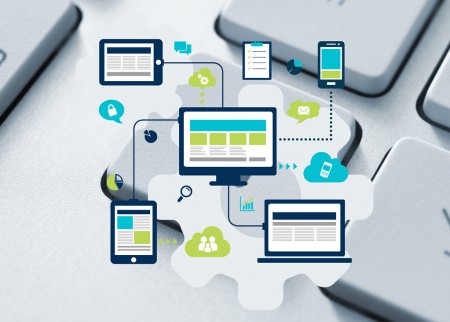 Every business should know the importance of keeping their information, data, and computers safe. Challenge your employees to grow their knowledge of computer safety and key terms. This, in turn, can help your IT department when there is a problem. If your employees are more aware of what is happening on their computer or phone, it is easier for them to keep the data secure.
Every business should know the importance of keeping their information, data, and computers safe. Challenge your employees to grow their knowledge of computer safety and key terms. This, in turn, can help your IT department when there is a problem. If your employees are more aware of what is happening on their computer or phone, it is easier for them to keep the data secure.
Malware
The program files that can harm your computer are often referred to as malicious software or malware. This should not be confused with a computer virus. It is a specific type of software that is specifically designed to cause harm to the computer and server network.
Computer Virus
This is a code that can copy itself and can either corrupt or destroy either the data or system.
Ransomware
This is another type of subcategory of malware. It is software designed to block access or hold data until a sum of money has been paid.
Intrusion prevention system
There are numerous methods to shield your company from malware. However, an IPS is fast turning into one of the top systems to have. It is on the lookout for suspicious activity that could bring harm to your system.
Social Engineering
Almost all assaults require a few shapes of “social engineering” to succeed. It is used to trick the users instead of computers to giving important information such as bank details. For hackers, it is much easier to trick people into giving out personal information rather than going through the work of tricking a computer program.
Phishing
Phishing is when a well-known site or app is recreated to impersonate the real site to gain information. Just because you got an email stating that you need to reset your password does not mean that it is true. Make sure to always verify the source that it is coming from especially when it is requesting sensitive data.
Antivirus
These programs are simply one piece of the cybersecurity puzzle and might best test the drives on which they are established for signs of famous malware variants.
Zero-Day Attacks
Malware is maximum threatening while it's been launched but not found via f cybersecurity experts. When a vulnerability is located inside a chunk of software, companies will launch an update to restore it and get it secured. When cyberattacks create a piece of malware that has not yet been seen before and use it against a company to exploit vulnerable information, then it could turn into a zero-day attack as the company does not have a way to fight against it.
Patch
Patches are key to keep your network secure from cyberhackers. When you install and use patches, you are keeping the software protected from malware. Software developers use patches to fix security holes in their programming. The patches are usually a small file that will update any gaps in a security vulnerability.
Redundant data
When antivirus software, patches, and intrusion prevention do not work to keep the information secure, there is only one option left. The last option is to have a reset of all your data stored off-site so that if your information does get comprised, you have an uncorrupted version.
